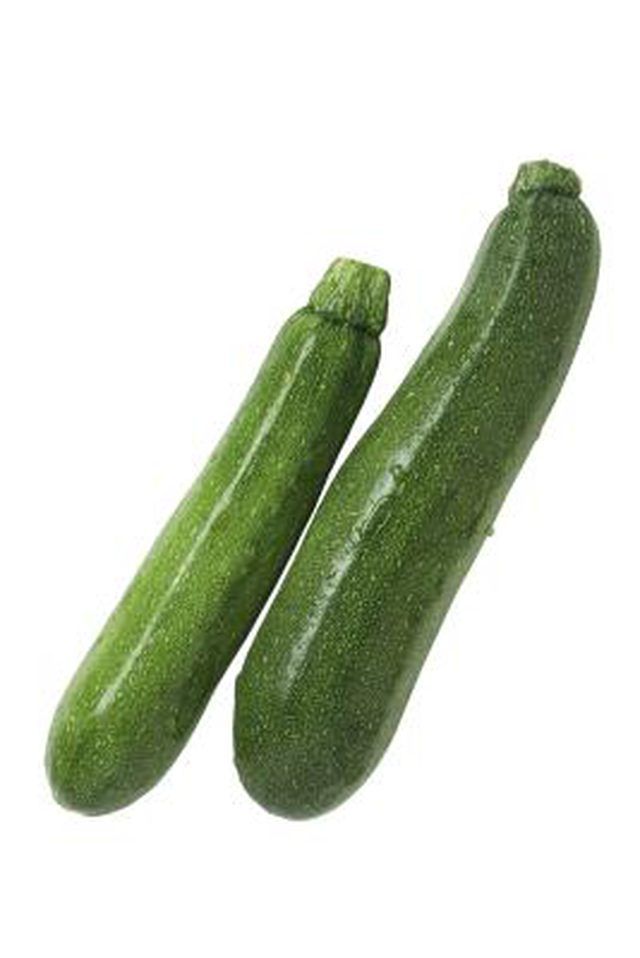Bulbs
Flower Basics
Flower Beds & Specialty Gardens
Flower Garden
Garden Furniture
Garden Gnomes
Garden Seeds
Garden Sheds
Garden Statues
Garden Tools & Supplies
Gardening Basics
Green & Organic
Groundcovers & Vines
Growing Annuals
Growing Basil
Growing Beans
Growing Berries
Growing Blueberries
Growing Cactus
Growing Corn
Growing Cotton
Growing Edibles
Growing Flowers
Growing Garlic
Growing Grapes
Growing Grass
Growing Herbs
Growing Jasmine
Growing Mint
Growing Mushrooms
Orchids
Growing Peanuts
Growing Perennials
Growing Plants
Growing Rosemary
Growing Roses
Growing Strawberries
Growing Sunflowers
Growing Thyme
Growing Tomatoes
Growing Tulips
Growing Vegetables
Herb Basics
Herb Garden
Indoor Growing
Landscaping Basics
Landscaping Patios
Landscaping Plants
Landscaping Shrubs
Landscaping Trees
Landscaping Walks & Pathways
Lawn Basics
Lawn Maintenance
Lawn Mowers
Lawn Ornaments
Lawn Planting
Lawn Tools
Outdoor Growing
Overall Landscape Planning
Pests, Weeds & Problems
Plant Basics
Rock Garden
Rose Garden
Shrubs
Soil
Specialty Gardens
Trees
Vegetable Garden
Yard Maintenance
How to Grow Zucchini Hydroponically
How to Grow Zucchini Hydroponically. If you love to grow your own vegetables but don’t have a lot of room for a garden, hydroponic growing may be an option. This method allows you to control how your plants grow and the types of pests and pathogens to which they are exposed. Zucchini is a big plant that is best suited for a large, sturdy...

If you love to grow your own vegetables but don’t have a lot of room for a garden, hydroponic growing may be an option. This method allows you to control how your plants grow and the types of pests and pathogens to which they are exposed. Zucchini is a big plant that is best suited for a large, sturdy container with plenty of support. Make an affordable hydroponic growing system that will provide you with fresh zucchini more quickly than a soil-based garden.
Things You'll Need
5-gallon bucket
Clay pellets or pea gravel
Drill with 1/4-inch drill bit
Zucchini plant
Nutrient solution for hydroponics
Use a 1/4-inch drill bit to drill small drainage holes into the bottom of the bucket. Scatter about 10 to 12 holes over the area. Don't make any more than that or the water will drain out too fast.
Fill the bucket about three-quarters full of clay pellets or pea gravel. This is the support media that will hold your zucchini plant into place. There are other things you can use for hydroponic growing, such as perlite, but gravel and pellets work well for zucchini because they make the bucket heavy enough to support a large plant. Use only sterilized media so that no diseases are transmitted to your plant. Clay pellets specifically produced for hydroponic use are available at virtually any hydroponics supply store. These pellets hold water around the roots better than the pea gravel, so your plant can make better use of the water and nutrients.
Plant the zucchini seedling in the center of the growth media. Bury the roots carefully so as not to crush them. Keep the entire stem above the gravel or pellets to avoid stem rot.
Place the bucket in a sunny outdoor location. The plant should get at least six hours per day of full sun. This particular hydroponic system uses the flow-through method, so the surface underneath the bucket should either absorb the excess liquid or allow it to flow away from the bucket.
Pour hydroponic nutrient solution into the bucket. You can get concentrated nutrients from a hydroponics supply store, then mix with the appropriate amount of water as indicated on the label. Use enough so that the level of the liquid comes almost to the top of the growth media, but stops about an inch or so below the surface. Prevent the growth of algae in your hydroponic bucket by keeping the top of the pellets dry.
Feed the zucchini plant three to four times per day, depending on the size of the plant and the weather conditions. The plant can go for longer periods of time without water when grown in clay compared to pea gravel.
Tips & Warnings
Make your own nutrient solution by mixing 2 tsp. of dry, all-purpose fertilizer and 1 tsp. of Epsom salt with each gallon of water you use and stir it well. According to the University of Florida, this formula works well in a variety of hydroponic systems such as the simple bucket system described here.
Don’t let your zucchini plant get too dried out. A plant that becomes too dry will most likely die, even if you resume watering it.